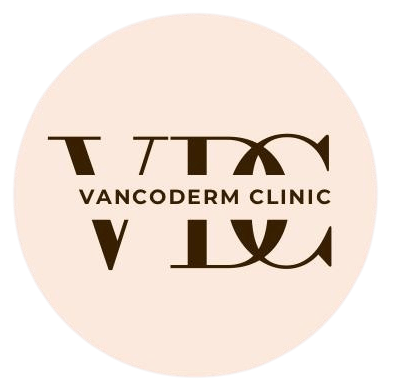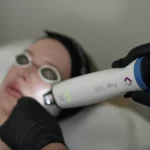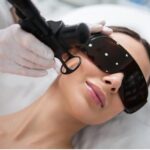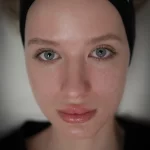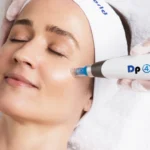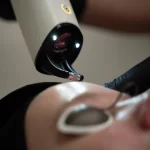Comprehensive Treatment Approach for Acne and Acne Scars
Advanced, Personalized Skin Solutions at Vancoderm Clinic
At Vancoderm Clinic, we offer a multi-modality treatment protocol designed to address both active acne and post-acne scarring. Our goal is not only to clear breakouts but to restore smooth, even-toned, and healthy skin through a customized combination of medical aesthetics and evidence-based practices.
Topical Applications: Foundation of Care
Topical therapy forms the first step in treating acne and preparing the skin for clinical procedures. Based on your skin type and concerns, we select medical-grade products from the following families:
-
Cleansers and exfoliating agents to clear debris and prevent clogged pores
-
Antibacterial and anti-inflammatory formulations to reduce acne-causing bacteria and calm inflammation
-
Cell turnover enhancers to regulate skin renewal and prevent blockages
-
Brightening and calming agents to reduce redness, post-acne pigmentation, and support skin healing
-
Hydrating and barrier-repair moisturizers that restore skin function without clogging pores
These products are professionally recommended and adjusted throughout the treatment plan as your skin improves.
Intense Pulsed Light (IPL): Acne and Redness Management
IPL is an effective light-based treatment for inflammatory acne and post-acne redness. It works by:
-
Reducing acne-causing bacteria on the skin
-
Targeting vascular inflammation and redness
-
Improving post-inflammatory erythema and pigmentation
Ideal for clients with mild to moderate acne or lingering discoloration after active breakouts.
Frax 1550 nm: Non-Ablative Fractional Laser for Acne Scars
This advanced laser technology targets deep acne scarring by creating microscopic thermal zones below the skin’s surface to stimulate collagen and skin remodeling.
-
Smooths and softens scar texture
-
Improves tone, firmness, and overall skin quality
-
Suitable for rolling, boxcar, and mixed-type scars
Treatments are spaced every 4 to 6 weeks, with noticeable improvement over a series of sessions.
Microneedling and Dermal Pen: Skin Rejuvenation and Scar Revision
Microneedling, performed manually or using a Dermal Pen device, creates controlled micro-injuries in the skin, which triggers natural healing and collagen production.
-
Improves superficial acne scarring and skin texture
-
Reduces pore size and supports even skin tone
-
Can be combined with active serums for enhanced results
A great option for clients seeking low-downtime procedures for surface-level concerns.
RF Fractional Microneedling: Deeper Remodeling with Less Downtime
RF (Radiofrequency) fractional microneedling combines microneedles with radiofrequency energy to treat deeper acne scars and skin laxity.
-
Heats the dermis to remodel collagen at deeper levels
-
Minimal surface damage, with faster recovery compared to traditional ablative lasers
-
Suitable for atrophic scars and early skin aging
Highly effective for treating scars on the cheeks, temples, or jawline with precision.
Chemical Peels: Surface Correction and Active Acne Control
Medical-grade chemical peels are tailored based on the skin’s condition and acne severity. They help by:
-
Exfoliating dead skin cells and clearing blocked pores
-
Reducing active breakouts and inflammation
-
Lightening post-inflammatory pigmentation and shallow scars
A course of peels may be recommended every few weeks for visible, gradual improvement.
Customized Plans. Real Results.
At Vancoderm Clinic, we don’t believe in one-size-fits-all treatments. Every client receives a personalized care plan that may combine two or more of the following:
-
Topical home care regimen
-
IPL for inflammation and redness
-
Frax 1550 laser for deep scarring
-
Microneedling or Dermal Pen for texture refinement
-
RF fractional for dermal tightening and scar depth
-
Chemical peels for acne control and pigmentation
From Prevention to Scar Revision – We Support Every Step of Your Skin Journey
A thorough consultation and skin assessment, including patch testing, ensures all treatments are safe, appropriate, and fully aligned with your skin goals.
